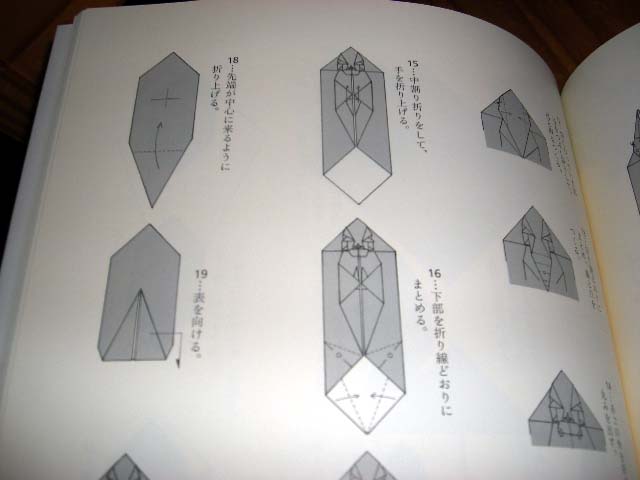

The earliest Zen schools were created either by Japanese monks who went to China and returned to establish important temples and lineages or by Chinese monks who came to Japan and played a crucial role in the rapid development of Zen. The style of Song Chan that was brought to Japan included an emphasis on monastic institutional structure and rules of conduct, as well as voluminous texts containing biographies of eminent monks and records of their sayings and dialogues, in addition to extensive poetic and prose commentaries on k ōan cases. These monks, including Eisai and D ōgen, returned with the newly fashioned Song dynasty (960 –1279) approach to Chan. Zen began to be established as a separate, autonomous sect by the end of the twelfth century (corresponding to the beginning of the Kamakura era) when several prominent Tendai monks made pilgrimages to the mainland in search of authentic Buddhism after a hiatus in exchange with China that lasted nearly two hundred years. The origins of Zen in Japan stem from the Nara and early Heian eras, when sitting meditation and some representative early Chan texts were introduced by monks who had traveled to China, including Saich ō (767 –822), and were practiced or studied for several centuries under the auspices of the Tendai sect as one of several styles of training available to novices.

Formative Period (Late Twelfth and Thirteenth Centuries) At the same time, the Zen sect has received criticism both from within and outside of Japan for contributing to social ills ranging from nationalism and nativism to discrimination against women and outcastes. In the modern period, Zen has spread to become a worldwide phenomenon greatly admired for its unique features of spiritual practice, including strict monastic discipline and contemplation of pedagogical riddles, or k ōans, that have a resonance with contemporary spiritual and intellectual trends in psychotherapy, phenomenology, and environmentalism. During the 1240s and 1250s, major Rinzai and S ōt ō Zen temples were built in Kyoto, Kamakura, and Echizen province, and by the beginning of the fourteenth century, Zen had become the leading religious institution in Japan with an ever-expanding network of temples and a wide-ranging, nearly all-pervasive influence on many different levels of society and culture.ĭuring the late medieval and early modern eras, Zen underwent various periods of apparent decline and renewal, especially when it stood in competition with diverse forms of Japanese religiosity in other Buddhist, as well as Shint ō and Confucian, movements during the Tokugawa era (1600 –1868). Zen was proscribed in the 1190s for a few years, and for several decades thereafter it was vigorously opposed by the dominant Tendai sect at Enryakuji temple located on Mount Hiei to the northeast of Kyoto. The Zen sect was first established in the early medieval period as a controversial form of "New Kamakura Buddhism," along with the fledgling Pure Land and Nichiren cults.


In addition, there are several modern movements or "brotherhoods" ( ky ōdan ) based on Zen meditation or other training techniques that all together claim about one hundred temples and 200,000 adherents. The third Zen school is the Ōbaku school, founded by Yinyuan Longqi (Jpn., Ingen Ry ūki, 1592 –1673), which has a head temple of Manpukuji in the town of Uji outside Kyoto and claims nearly five hundred temples, two monasteries, and under half a million adherents. The largest of the streams is My ōshinji temple in Kyoto, which claims about half of the total Rinzai temples and monasteries and over one-third of the adherents. The second largest Zen denomination is the Rinzai school, founded by My ōan Eisai (1141 –1215), which is divided into fifteen streams associated with different head temples and claims about six thousand temples, forty monasteries and (one) nunnery, and two million adherents. The largest denomination is the S ōt ō school, founded by D ōgen Kigen (1200 –1253), which has two head temples, Eiheiji in Fukui prefecture and S ōjiji in Kanagawa prefecture, and claims nearly fifteen thousand temples, over thirty monasteries and (six) nunneries, and more than eight million adherents, making it one of the largest of the traditional Japanese Buddhist schools. The Zen Buddhist sect in Japan consists of three main schools and several additional smaller movements.


 0 kommentar(er)
0 kommentar(er)
